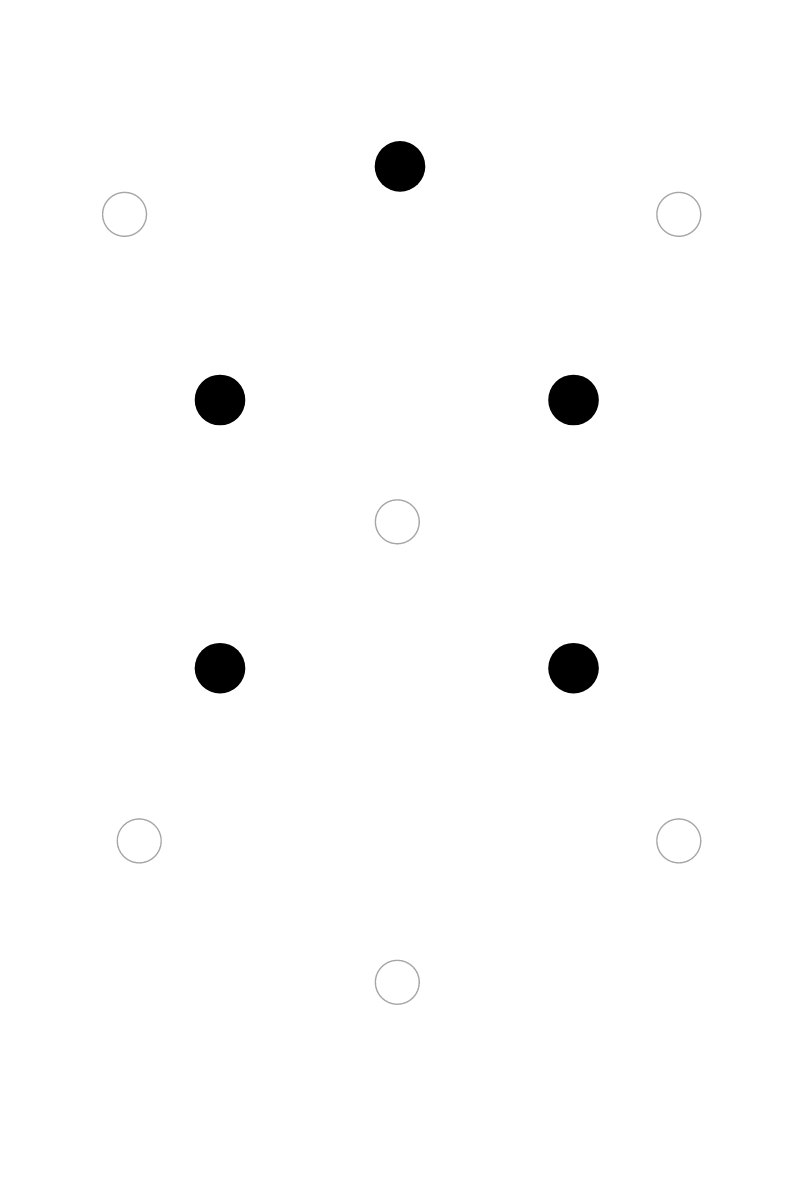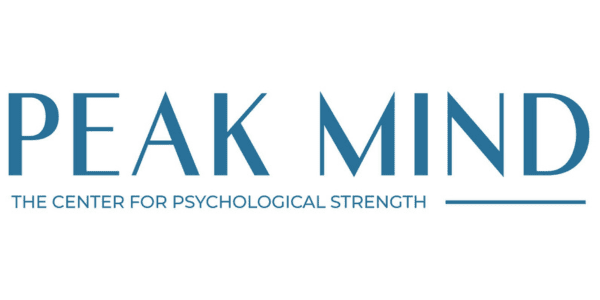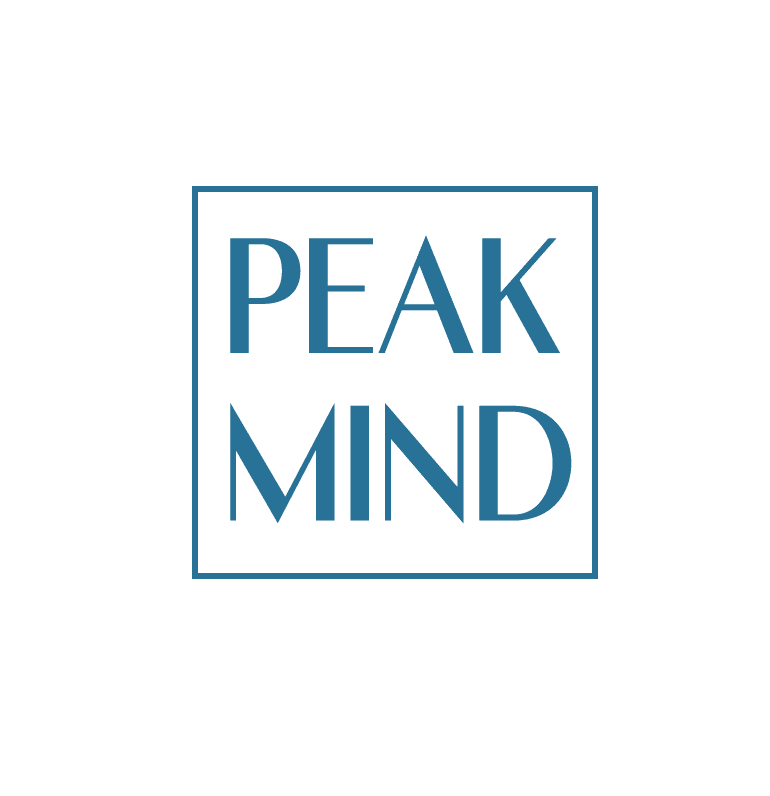CONNECTING THE DOTS
Just as everyone breathed a sigh of good riddance to the past year, 2021 made a dramatic entrance, at least in the U.S., when supporters of President Trump stormed the capitol on Wednesday, adding yet another entry to the List of Unprecedented Events.
Whether we’re talking about disturbing global events or the individual happenings of our daily lives, our minds work hard to understand our worlds. They take in tons of bits of data, process that information, and, ultimately, make sense out of it. They do this by filling in gaps to create a cohesive narrative. Our minds want the world to make sense, so they construct these narratives, or stories, to explain the whys, make meaning, figure out implications, and find some predictability. I call it connecting the dots.
Connecting the Dots
Look at these dots below. How would you connect them?

Great! Now can you find another way to connect them?
Perhaps you automatically saw a house, a star, or a zig zag. Which one is right? How difficult was it for you to come up with some alternatives?

The Point
These dots represent facts – as close to objective things as we can get – which your mind then links together in a way that helps you understand what is or has happened. Without connecting the dots, we’d feel completely lost!
The issue, though, is that the way we connect dots depends a lot more on our histories, our belief systems, and our subconscious programming than on some objective truth. That’s why two people, even two well-meaning and reasonably bright people, can have very different takes on the same scenario.
While there may not be a right or wrong way to connect the dots, there are certainly different ways. And, depending on how you connect those dots, you see a very different picture…and then you operate in the world as though that picture is an absolutely accurate representation of reality.
What if – just what if – our minds are connecting dots in the wrong way? Or, if not wrong, an unhelpful way? What if there's a better way to interpret our experiences?
And, what if there are a lot more dots that we just can’t quite see? Wouldn’t that make a big difference in the picture? But, because we don’t know what we don’t know, our minds just fill in the narrative despite the missing info.

The stories we tell ourselves (or more aptly, the stories our minds tell us) become our reality. We accept them as truth and weight them like facts, often not realizing that they can be edited, revised, altered, or deleted all together.
A Solution
Our minds are going to continue to connect dots, and that’s not necessarily a bad thing. Knowing this, though, means that you can make your mind do some work for you, rather than accepting its first draft of the story, especially if that draft isn’t helpful for you. Ask yourself these questions:
- What story is my mind telling me?
- What dots is it trying to connect?
- Is it possible that I’m missing some important information, not seeing all of the dots?
- What’s another way to connect the dots? Another explanation? Another perspective?
- Which version is more helpful to me?
This practice of becoming aware of the narratives and working on revising them can have a huge impact! If you’re interested in learning more about how your mind works and how those inner workings profoundly impact your life experience, you may like our ASCEND program. Module 2 is all about your mind…and tools for making it work for you.
But for now, work on being aware that the narratives exist. Notice how yours influence you, and strive to connect dots in more useful ways.
"The world you’re actually in may not be harsh. But the world your mind puts you in can be harsh as heck.”
– Dr. Steven Hayes

Written by Dr. Ashley Smith
Peak Mind Co-founder


